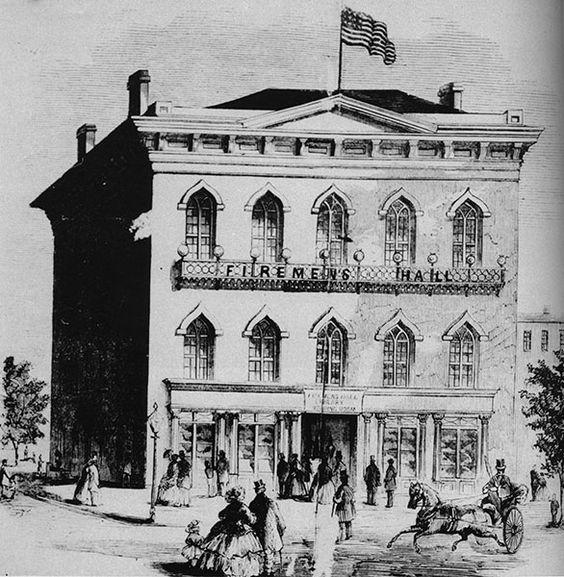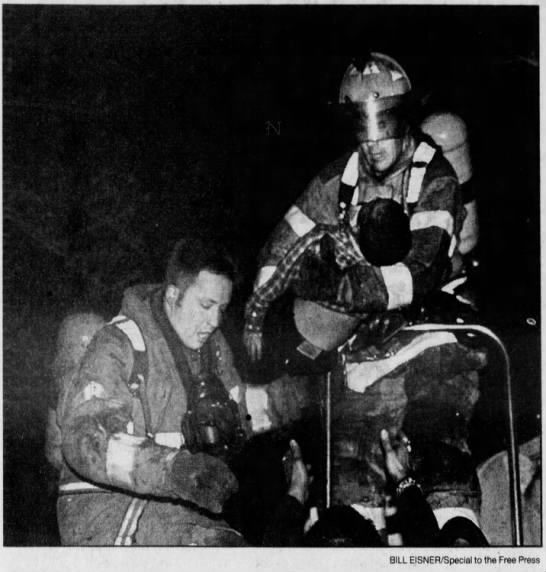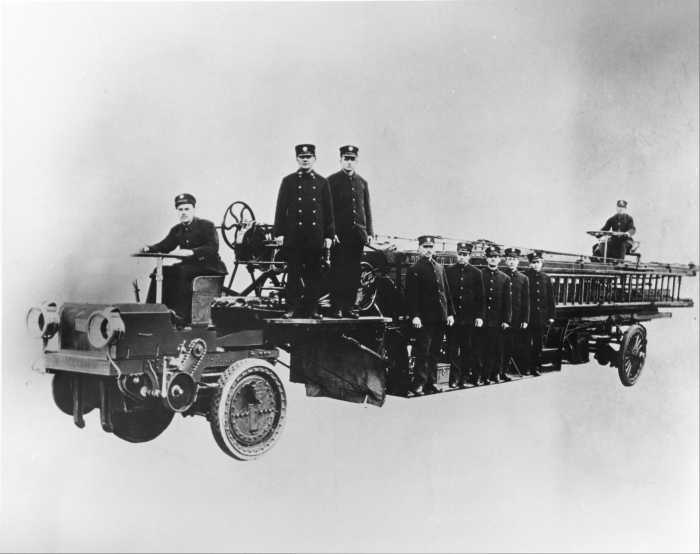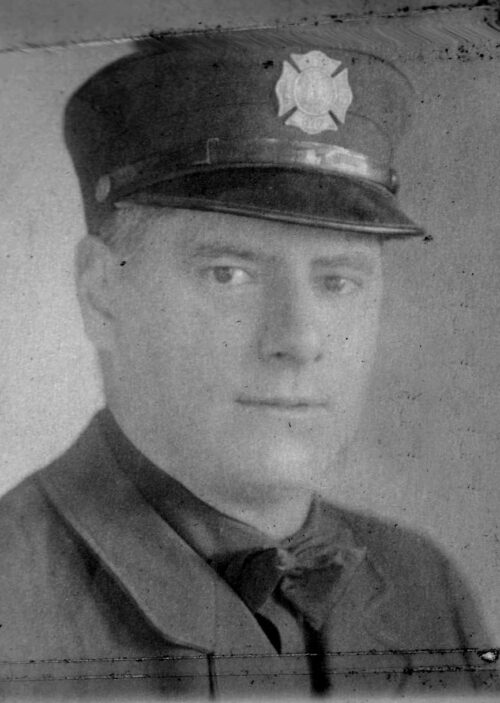On April 27, 1933, Detroit Firefighters stood in line at the city’s script headquarters to exchange “unlucky” $2 city script
Category: On This Day

During the early days of the civil war, an elaborate flag raising ceremony took place at Detroit’s Firemen’s Hall. The event even included a live eagle.

March 29, 2000 – Detroit Firefighters made a dramatic rescue of a 4 year old child from a house fire on Seyburn Street.

On February 21, 1913, a representative of the Front Driver Motor Company was in Detroit overseeing the delivery of a

Early the morning of October 24, 1919, Detroit Firefighter Felix Straub suffered severe smoke inhalation and was thought to be dying as the results of his efforts in fighting a fire in a 3 story building on Woodward Avenue.